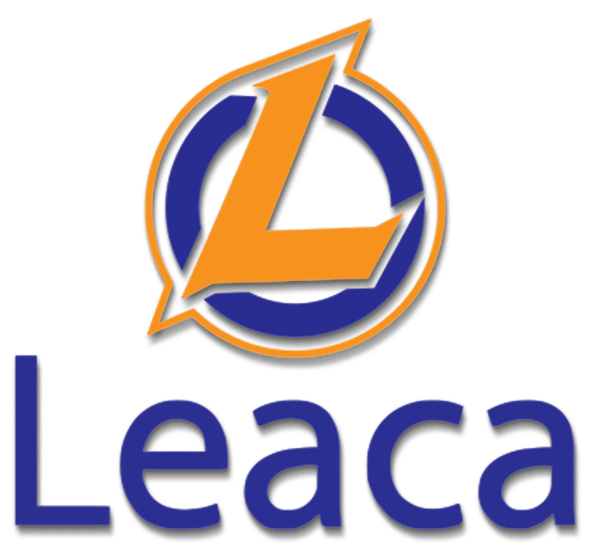From the Boardroom to Reality
Numerous Fashion Apparel/ Textile firms – especially those with a huge network of stores – are well in progress in regards to streamlining their supply chain and optimizing sales projections and circulation. They are currently seeking ways to boost revenues and market share by taking on modern means of managing shops and inventory. RFID has now come to be a centrepiece in their critical reasoning. Some business are additionally stepping up the procedure into real implementation.
A new organization model for Fashion Apparel and Textile chains
Leading Fashion Apparel/ Textile companies have dramatically customized their service design.
Moving far from manufacturing, Fashion Apparel & Textile companies have built competitive advantage, based upon new methods of supplying value to their customers.
A brand-new service version has established and maintained based on a central technique to style and logistics. A regular organization design currently consists of main style, hundreds of exterior distributors, (usually in Asia), and 1 or 2 central storehouses that serve as a logistical hub for equipping a huge networks of retail outlets.
The brand-new frontier remains in the retail store
The cost reducing side of supply chain monitoring is to a big extent behind us. It has currently yielded the majority of its benefits.
The time is coming for extra income generation. Today, most huge network Fashion Apparel & Textile business concentrate on enhancing the “shop side” of their supply chain and distribution procedures.
Active Fashion Apparel & Textile chains are definitely certain that the very first advantages of RFID implementation will originate from store-level applications such as genuine and/or near real time inventory linked to stock monitoring systems and store re-stocking processes.
Normally, sectors go through 5 steps in executing a store-level RFID initiative:
Market Observation: Talking to business specialists, they collect information on modern technology accuracy and dependability, prices, and future fads.
Company Case: Metrics are made and implemented on core dc-level and store-level processes. Consumer behavior is evaluated.
The top line of business situation is built on additional sales associated problems, boosted inventory, supply management, and store re-stocking refinements.
Prices savings consist of personnel time appropriations, counting/ checking, reduce reduction.
Costs include hardware and software innovation (tags, visitors, software program & middleware), combination, training, roll-out and systems procedure.
Modern Technology Test/ Adaptation: Companies execute a simulated store setting and examination precision and integrity in boxes, on racks, and on hangers. This action lasts for a duration of a couple of months.
Real-size examination: Companies apply a real-time examination in one or several shops to show business situation and check applicability of store-level processes in a live setting. Evaluation metrics are those of business case (extra sales and price reduction). This action lasts concerning 6 months.
Release/ Rollout: Rolling out to the network. It is visualized that rollout must be as quick as feasible in order to understand a quicker Return on Investment. A critical fixation is also to prevent the coexistence of a number of processes and to go down heritage processes immediately.
Building the business case: Network size is the multiplier
A quasi consensus emerges in the Fashion Apparel & Textile Industry: With tag costs at about 10 cents per unit, and reading precision at 98-99%, RFID applications in the shop provide an engaging company case.
Better supply administration and far better re-stocking produces added earnings, lowered % of missed sales, and lower shrinking.
Price cost savings are mostly created in the Warehouses/ Distribution Centers.
Initiative associated prices include: Investment in equipment facilities, middleware, integration, RFID tags, and turn out prices (training, implementation, etc).
Certainly, the bigger the network the greater the return. Aggressive business are taking into consideration turning out to their whole network as quickly as possible.
Other potential benefits not covered in the evaluation are: Better staff time allotment in the shops, decrease of transportation costs, and details procedures automation at the DC level (such as enhanced automatic selecting).
Taking the RFID concern from the boardroom to fact.
Relocating from market monitoring to advancement of an organization situation is normally a Management Team effort.
Commonly, the duty of the CEO is to start business situation, to examine the outcomes with the Management Team in terms of affordable advantage and produced worth, and to make a decision whether to launch a pilot.
Senior Executives involved are most often the Chief Operating Officer, the Logistics Manager, the CTO or IT Manager, and the CFO. In the event where a Network Manager is in the organizational matrix (the person that manages the shops network) this individual is also included.
Usually, Fashion Apparel and Textile industries have developed lean organizations, based upon an intimate understanding and control of their metrics and processes. They therefore tend to develop their organization instances inside, with restricted or no help from outside parties such as consultants.
Conclusions: RFID at the turning factor.
The Fashion Apparel/ Textile Industry goes to a crossroad in regards to RFID applications.
Certainly, in the short-term, store-level applications are viewed as one of the most encouraging ones mostly because of their straight effect on consumer complete satisfaction and incomes.
RFID stands for a brand-new opportunity for providing value to both clients and investors. They try to optimize value by taking on an end-to-end technique to RFID fostering.
Numerous Fashion Apparel/ Textile firms – specifically those with a huge network of stores – are well underway in terms of simplifying their supply chain and optimizing sales forecasts and circulation. They are now looking for methods to improve earnings and market share by adopting modern-day methods of managing stores and supply. RFID has now become a centrepiece in their critical reasoning. Real-size test: Companies implement a real-time examination in one or numerous shops to prove the service case and examine applicability of store-level processes in a real-time setting. Evaluation metrics are those of the company case (additional sales and price decrease).

0 Comments